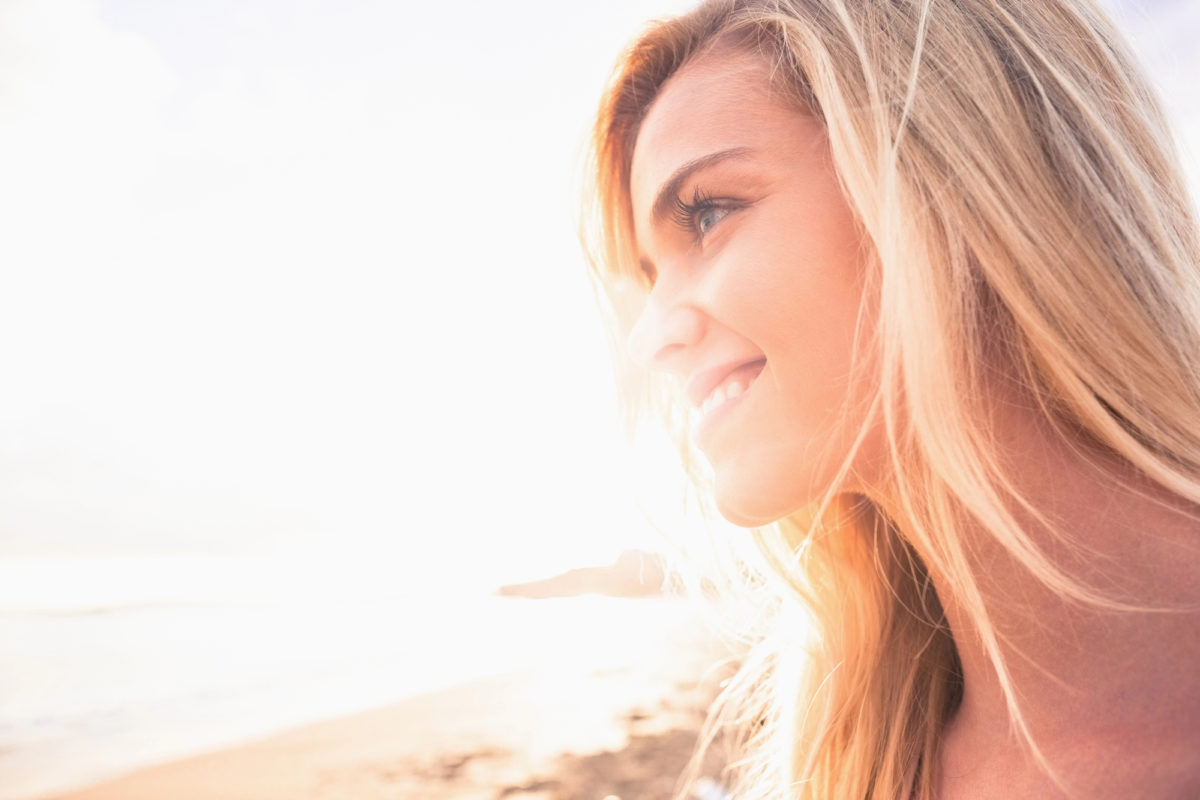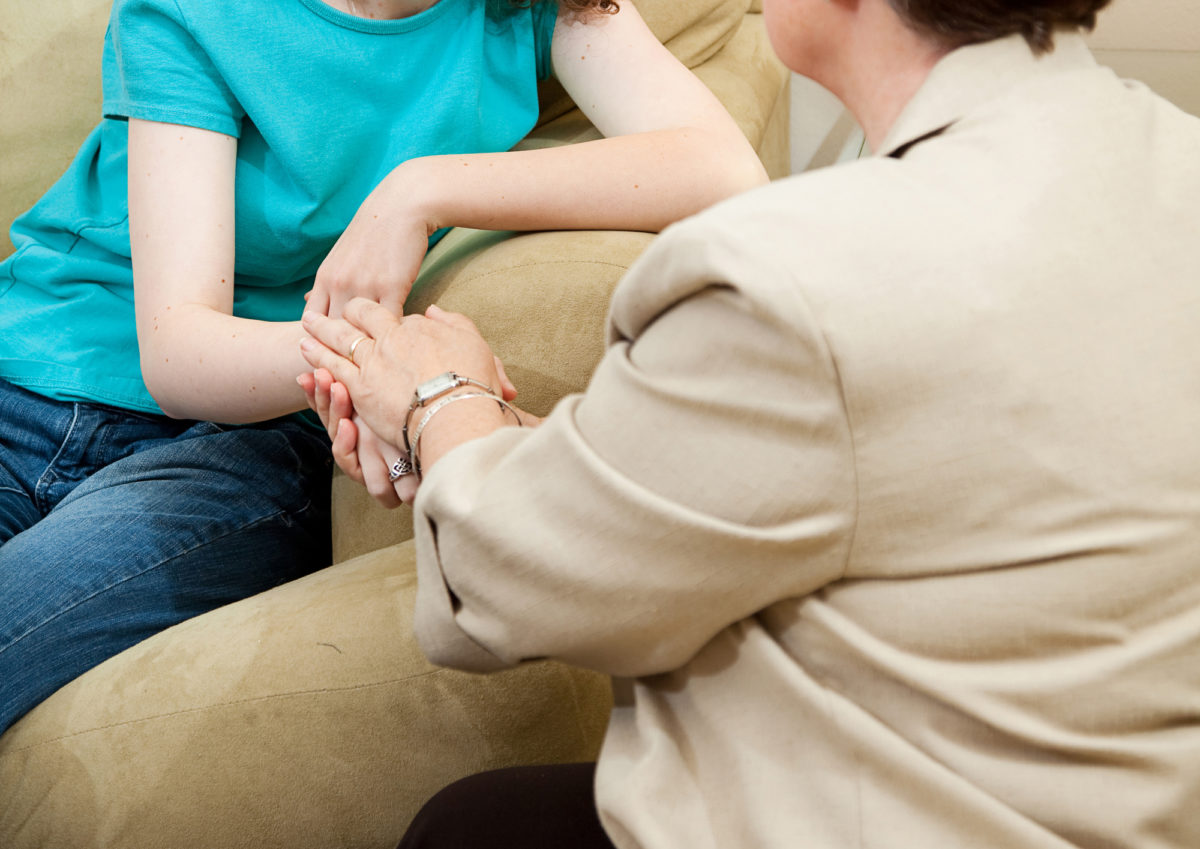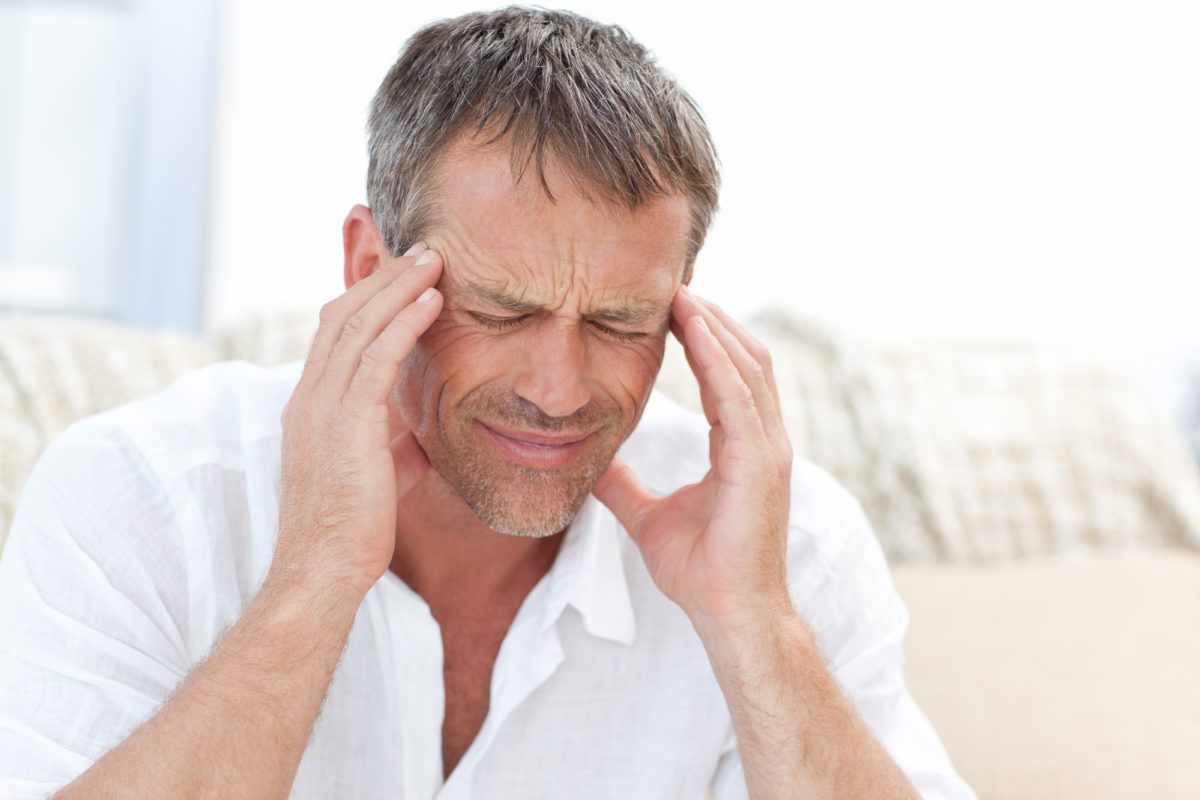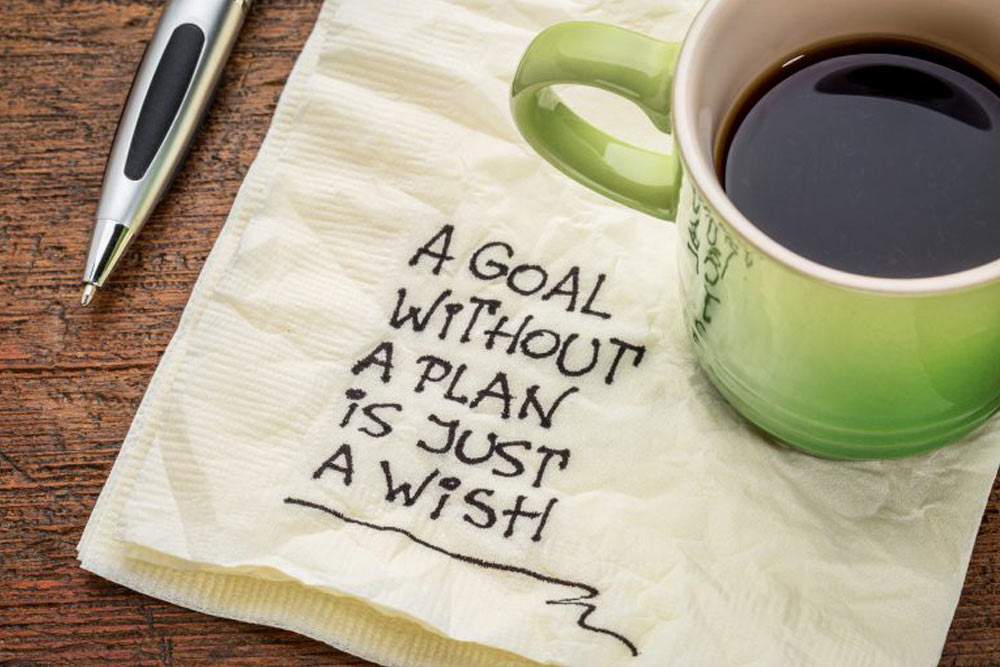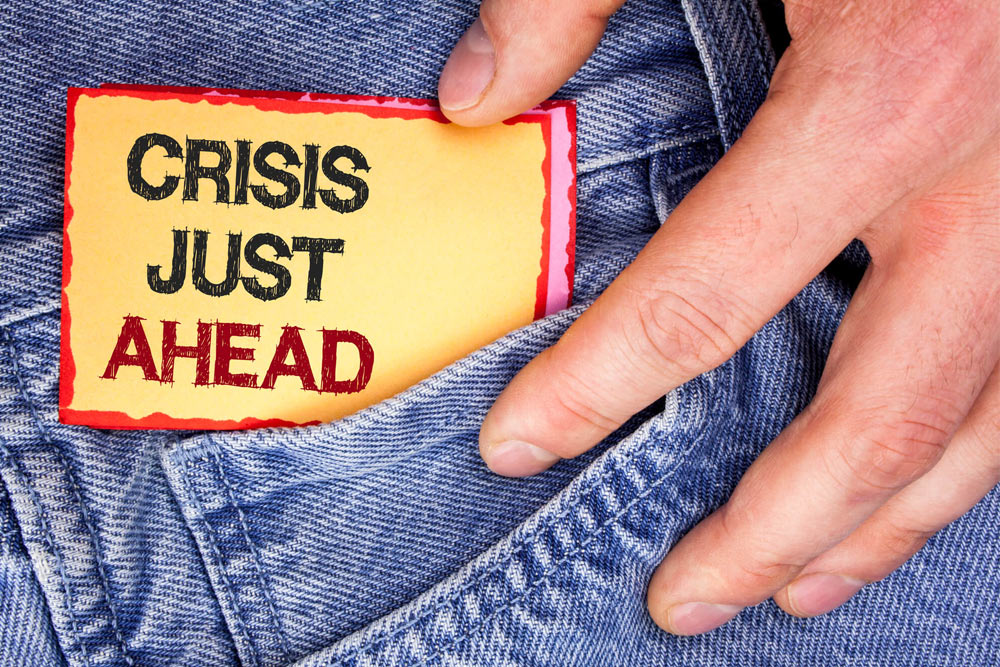How well do you sleep at night? If you have difficulty sleeping, you are not alone. In 2014, the Centers for Disease Control (CDC) named insufficient sleep as a public health epidemic, with an estimated 50-70 million US adults having a sleep or wakefulness disorder.
If you have sleep insufficiency, you are more likely to suffer from chronic diseases such as hypertension, diabetes, depression and obesity, as well as cancer, increased mortality, and reduced quality of life and productivity.
Medicine’s answer to the sleep epidemic is to prescribe sleeping pills which are, at times, necessary to help you get much needed rest. However, sleeping pills are full of risks. Side effects like dizziness, headache, diarrhea, nausea, prolonged drowsiness, severe allergic reactions, sleep-driving, sleep-eating and daytime memory and performance problems make sleeping pills a gamble with your health.
There is an alternative to pills: behavioral sleep therapy. According to the Mayo Clinic, behavior changes learned through cognitive behavioral therapy are generally the best treatment for sleeplessness, insufficient sleep and insomnia.
To get a better night’s sleep naturally, you need to retrain your body to fall asleep faster and sleep longer. Below are two therapies you can apply to your life today to get more rest.
The Best Modern Sleep Therapy
Stimulus Control Therapy (SCT) is one of the most successful modern sleep interventions (<a href=”http://www.ncbi.nlm sites achat viagra.nih.gov/pubmed/17162986″ target=”_blank”>Morin et al., 2006). Stimulus Control Therapy works by strengthening the association between bed and sleep. It is based on the same concept used in the famous Pavlov’s drooling dog experiment, where the dogs were trained to drool when they heard a bell.
Stimulus Control Therapy is based on the concept that if we have trained ourselves to do things other than sleep in our beds, then we have created associations with the bed that keep us from falling asleep. SCT is a way to establish a consistent sleep-way rhythm by reforming the correct association that a bed is made for sleeping and retrain your body to fall asleep more quickly when you lie down on your bed.
There are six steps which are very straightforward and easy to implement:
- Lie down to sleep only when you are feeling sleepy.
- Do not use your bed for anything except sleep and sexual activity. Stay away from reading, eating, worrying, using a computer or watching television in bed. (If you do engage in sexual activity, follow these six steps afterward.)
- If you are unable to fall asleep (within 10 minutes), leave the bed and go into another room. You can stay up as long as you desire and then return to the bed only to sleep. Remember, the goal is to associate your bed with falling asleep quickly.
- If you are still unable to fall asleep, repeat the previous step. Do this as often as necessary throughout the night.
- Set your alarm and arise at the same time every morning – no exceptions. Do this regardless of the amount of sleep you had during the night. Rising at the same time will help your body develop a consistent sleep cycle.
- Do not nap during the day.
Of all the modern day behavioral treatments for treating sleep disorders, stimulus control therapy participants reported the highest quality of sleep and showed the most improvement in length of time needed to fall asleep.
The Best Ancient Sleep Therapy
The ancient technique of mindfulness training might be more effective than modern behavioral therapies for helping individuals learn how to sleep better according to a new study published in the JAMA Internal Medicine by Dr. David S. Black.
Mindfulness, according to expert Dr. Jon Kabat-Zinn, means paying attention in a particular way; on purpose, in the present moment, and non-judgmentally. It works by triggering the body’s relaxation response, the opposite of the stress response. Mindfulness helps you break the train of everyday thoughts by bringing your mind’s attention to the present moment while focusing on your breathing.
To trigger the relaxation response, try taking taking these steps:
- Choose a calming focus. Good examples are your breath, a sound (”Om”), a short prayer, a positive word (such as “relax” or “peace”), or a phrase (”breathing in calm, breathing out tension”). If you choose a sound, repeat it aloud or silently as your inhale or exhale.
- Let go and relax. Do not worry about how you are doing. If you notice that your mind has wandered, simply take a deep breath and gently return your attention to your chosen calming focus.
- Follow the breath moving into and out of your body, allowing yourself to sink into the bed with each breath.
Dr. Herbert Benson, director of the Harvard-affiliated Benson-Henry Institute for Mind Body Medicine, recommends practicing mindfulness for 20 minutes during the day, the same amount suggested in the study published Dr. Black in JAMA Internal Medicine.
This new research (Black et al., 2015) shows that participants in a group which practiced mindfulness-based stress reduction showed greater improvements in their quality of sleep in comparison to those using a more modern behavioral sleep therapy.
Regardless of which technique you use, stimulus control therapy or mindfulness training, start today by changing your bedtime behavior so that you can get the rest you need naturally.


